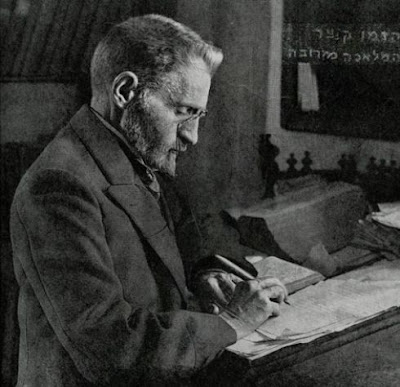Twebrew School Instructional Video: Lesson 24 & 25
We've met these letters in previous lessons acting as vowel helpers. Today we are learning them as their own letters, each with their own sound. The letters are the Yud and the Vav. (Remember: To request your very own copy of our Hebrew textbook, which corresponds to our online instructional videos, please "Enroll" in Twebrew School by clicking here . Within 2 Business Days, you will receive an email from us with a personalized link to a site where you can download the book. If you have any questions, please feel free to email us at JewishTreats@NJOP.org.)



